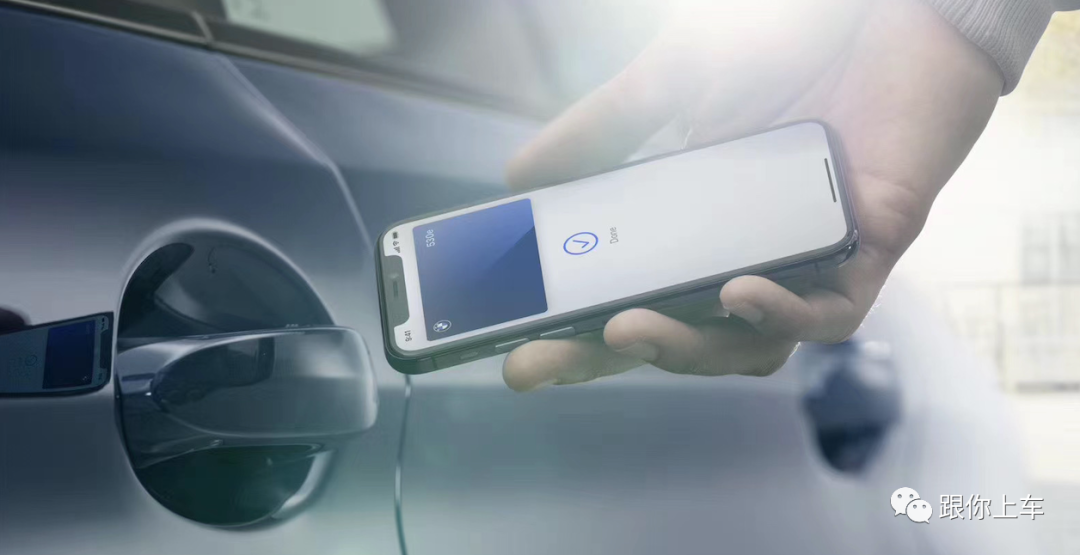A few years ago, or even just a year ago, who would have expected to be able to use WeChat and watch videos on a BMW car?
But it has happened, and it’s not at all surprising. On yesterday’s “2020 BMW Tech Day”, BMW Cloud released a series of innovative digital products for the car’s infotainment system, including the car-ridden version of the WeChat messaging app, a video player for streaming Xigua videos, an indoor parking map, a new generation of digital keys, and Tencent’s Little Scenes app, all designed to enhance the user experience of the entire driving process.
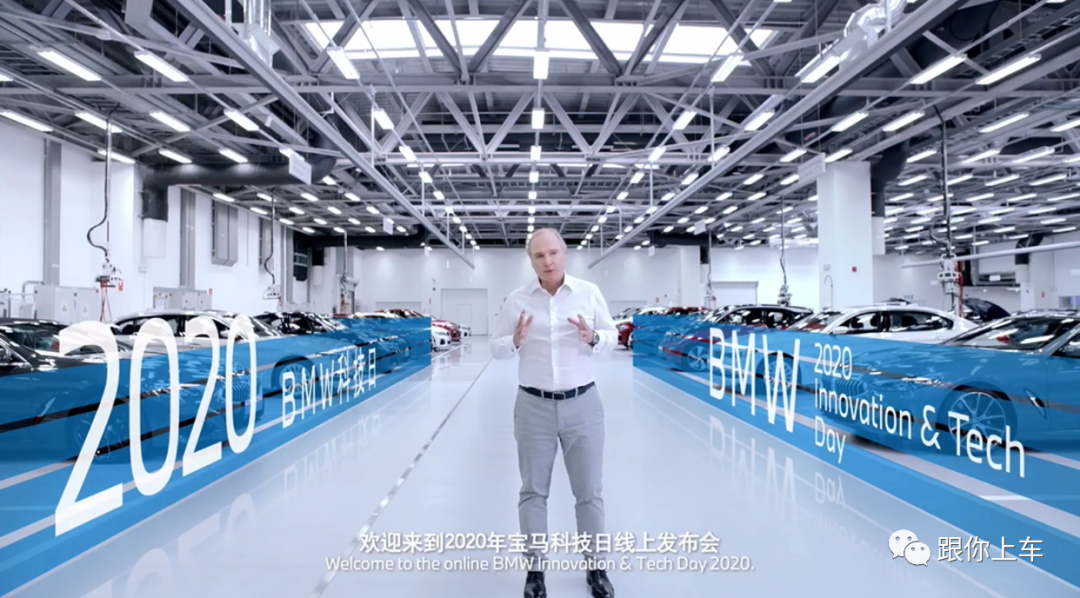
Now let’s take an in-depth look at these innovative features, with a focus on Tencent’s Little Scenes app.
Xigua Video Player
Unlike many other car manufacturers, BMW has chosen Xigua video as its video platform instead of TikTok, iQiyi or Bilibili, which may confuse some people as Xigua video has less traffic than the other platforms.
However, it is important to clarify that the mobile and car infotainment systems are two different usage scenarios. Therefore, it is unreasonable to judge the “goodness” or “badness” of the car infotainment system based on the usage frequency of our daily mobile apps. Instead, it is better to focus on the product logic behind the system.
Many car manufacturers may blindly follow the trend or choose a platform for content without analyzing the product logic and usage scenarios, but BMW engineers have chosen Xigua video by first conducting big data research to understand users’ preference for watching short videos in fragmented time. They then combined this with real-life scenarios such as waiting at a red light, picking up passengers or charging, before selecting Xigua as the content and algorithmically-professional video platform.
It is also worth noting that BMW does not just follow trends for the sake of it. Taking into consideration the user’s in-car experience and driving safety, BMW has redesigned the UI/UX of the Xigua video player for BMW’s infotainment system to enable the user to easily navigate the most commonly used controls such as “next” and “pause”. BMW also limits the video length, offering only 75-90 seconds of short videos, as red light or green light wait times generally do not exceed 90 seconds.
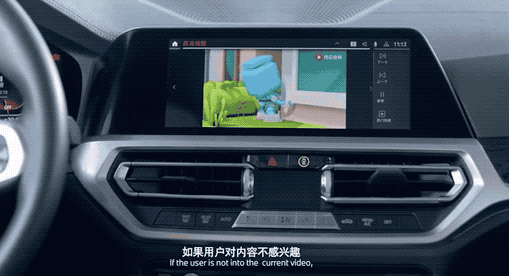
In terms of content selection, the car-ridden Xigua video app provides 9 categories of content, including hot topics, finance, automotive, international affairs, sports, entertainment, etc. When combined with the QQ Music and Himalaya FM apps that have already been embedded into the ID7 system, BMW provides a comprehensive range of audio-visual entertainment resources that covers most of the user’s daily needs.
 ## Indoor Parking Map & New Digital Key
## Indoor Parking Map & New Digital Key
Talking about parking, especially in underground parking lots, the dim and closed environment makes it difficult for many experienced drivers. I will never forget the embarrassment of spending over half an hour and walking more than 3000 steps to find my car in the underground parking lot of Joy City Chaoyang.
BMW’s newly launched indoor parking map function is designed to solve the embarrassing situation where users “blindly park and blindly look for” their car, and bring users a brand new convenient parking experience.
As shown in the figure below, when the user drives into the underground parking lot, the system will automatically pop up a prompt for “available indoor parking map”. In the indoor parking map mode, users can clearly understand the layout of the entire parking lot and the real-time location of their current vehicle.
It is worth noting that the location of functional facilities such as stairs, elevators, restrooms, and charging parking spaces can also be displayed on the map, which is convenient for users to park purposefully according to their own planning.
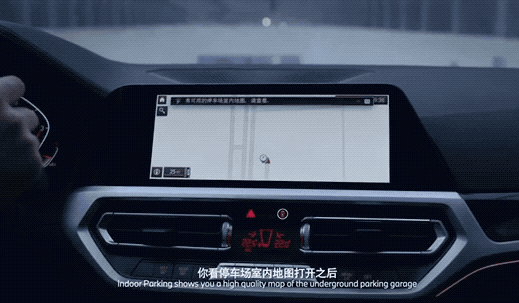
Regrettably, the indoor parking map function launched this time did not solve the problem of “blindly looking for” the car for users. BMW’s answer is that it will further expand the navigation service to the car in the future. Of course, this is not enough to discount BMW’s innovation this time. The fact that BMW can be the first to launch the indoor parking map function even before the map supplier is not yet complete, has reflected BMW’s meticulous attention to user experience.
On the other hand, BMW also has new tricks on the smart key. Everyone knows that the i8’s touch screen smart key is extremely cool, but BMW wants to innovate further.
The new generation of BMW’s digital key is based on the NFC function of the iPhone, and can be stored in the “wallet”. When the user carries the smartphone close to the sensor area of the door handle and the vehicle is within 3-5 cm, the car can be unlocked/locked without the physical key intervention throughout the process by putting the smartphone in the console sensing area to start the engine.
Needless to say, as an independent existence outside the BMW vehicle APP system, the new generation of digital keys will undoubtedly bring users a more intelligent and convenient driving experience. In this smart era that increasingly emphasizes the interconnection of people, vehicles, and life, BMW has not been conservative like traditional luxury brands. It was the first car manufacturer to integrate iPod into the car, the first to provide CarPlay, and now it has become the first to eat crab. All these show that BMW will walk faster than others in the field of smart cars.## Tencent Little Scene & WeChat for Cars
Since the birth of WeChat mini program, car companies and tech giants have been greatly enthusiastic about the application of car mini programs. It is not an exaggeration to say that car mini programs have given tech giants a new mode of getting on board, and have even made car companies feel like they have found the smart touchpoints to reach users. However, as insiders know, car mini programs are still in their infancy, and the actual user experience is far from satisfactory.
The advantage of BMW’s cooperation with Tencent lies in the end-to-end joint development, from the bottom-up architecture construction to the middle-layer ecosystem integration and to the top-layer user experience. This effectively solves the major problems that arise when OEMs and BATs communicate with each other and car mini programs do not correspond to driving scenarios.
It is reported that the first 15 functions of Tencent Little Scene will be officially launched in the fourth quarter of this year, including iQuTing, Xing MeiShi and iMovie. At the online launch event, BMW engineers actually demonstrated several functions as shown below.
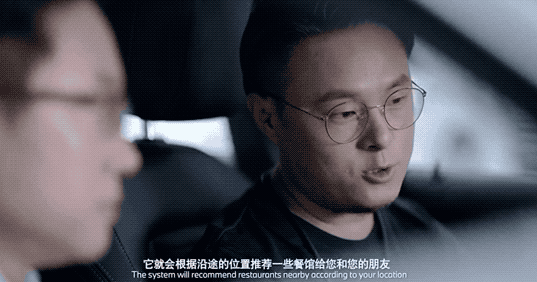
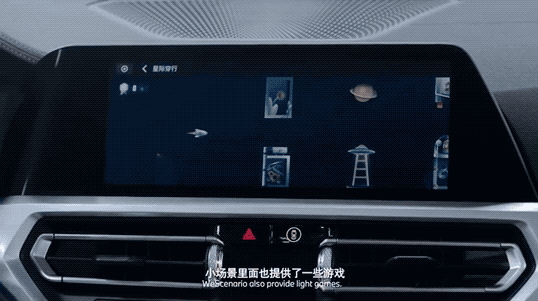
To be honest, the entire industry is still in the exploration stage regarding the application of car mini programs and little scenes in vehicles, and no one can point out a clear path for combining mini programs with cars. Therefore, I will not elaborate too much on this and wait for the Tencent Little Scene to land before we share further.
At the same time, since the car version of WeChat was not mentioned much at this launch event, it is still unclear what its final presentation will be, so I will not delve too much into it here.
Conclusion
From BMW’s introduction of the car version of Xigua Video, Indoor Parking Map, the new generation digital key, Tencent Little Scene and the car version of WeChat, we can see the following three points:
Firstly, the cooperation between BMW and Tencent is becoming increasingly tight. At the online launch event, Mr. Gao Le, President of BMW Greater China, and Mr. Tang Daosheng, Senior Executive Vice President of Tencent, frequently mentioned each other and praised each other.
Secondly, BMW attaches great importance to the domestic market. Most of the aforementioned innovative services are first applied in the domestic market, and then gradually popularized in the global strategic market. The Indoor Parking Map is the most typical example. In addition, the establishment of the largest research team in China after Germany also shows the strategic significance of the domestic market to BMW.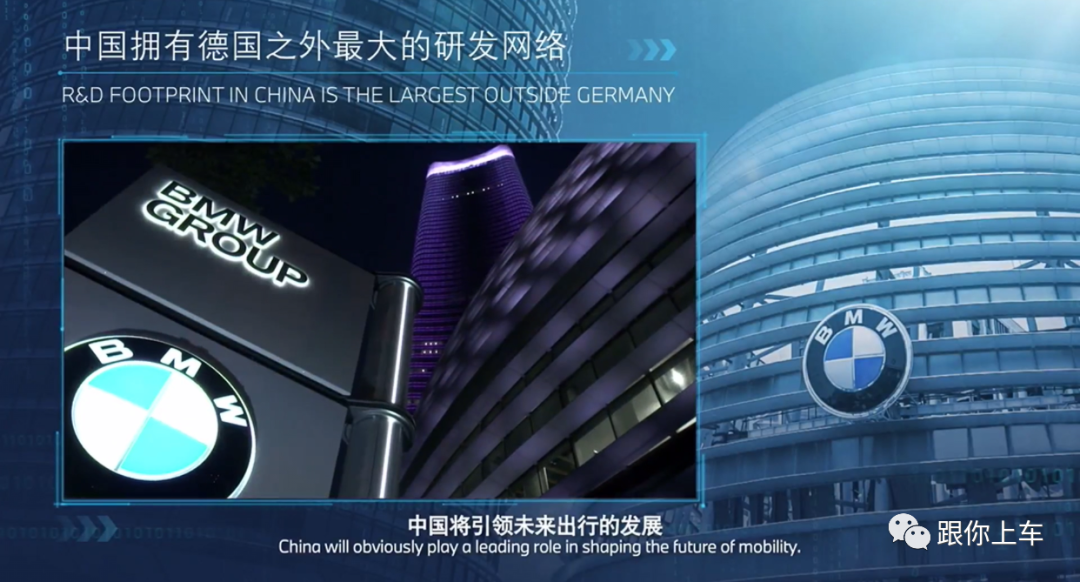
Thirdly, BMW’s technology strategy in China is taking root. BMW’s previous “2+4 strategy” and “A.C.E.S planning” were too macroscopic, leaving people feeling aloof. With the launch of the BMW Intelligent Personal Assistant, Tmall Genie, and QQ Music, BMW’s technology layout in China has gradually become apparent. The newly released innovative features truly demonstrate BMW’s comprehensive outbreak.
For the older generation, their impression of BMW may be summed up by the phrase “I would rather cry in a BMW than laugh on a bicycle”. For our generation, BMW is viewed as a super driving machine that represents driving pleasure. As BMW’s technology level continues to increase in the coming years, what does this mean for the younger generation who is growing up?
This article is a translation by ChatGPT of a Chinese report from 42HOW. If you have any questions about it, please email bd@42how.com.
